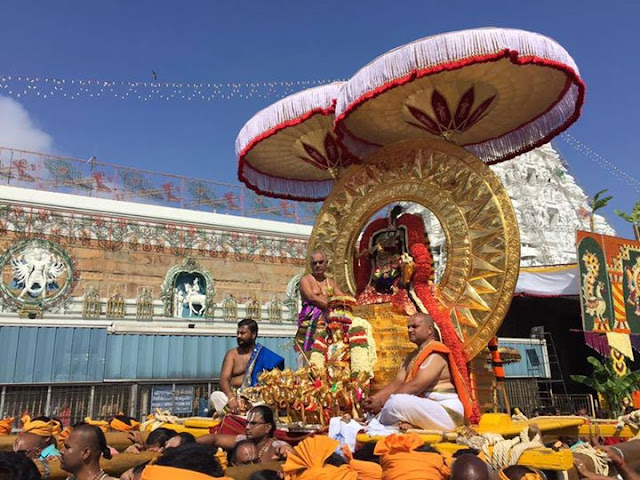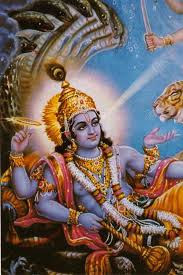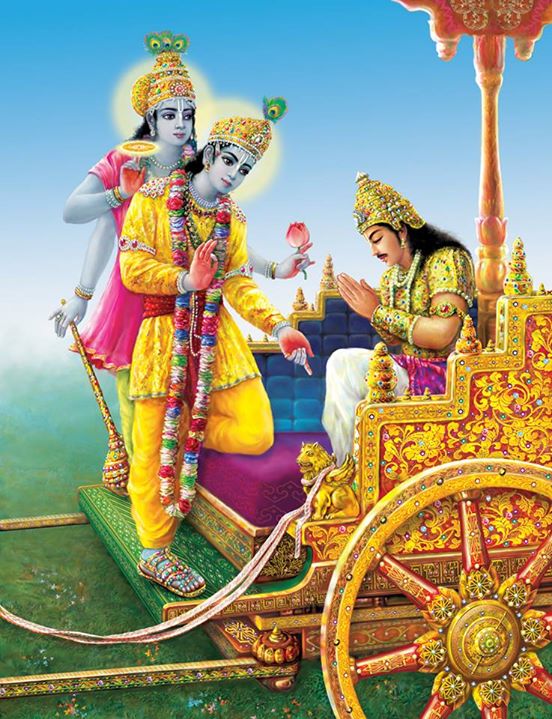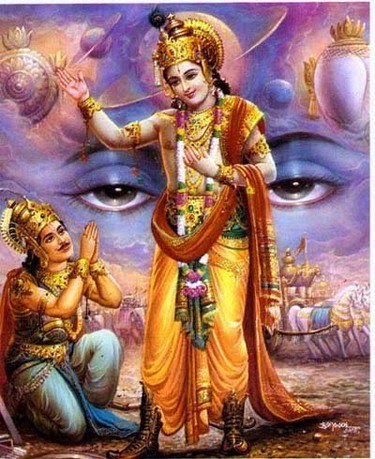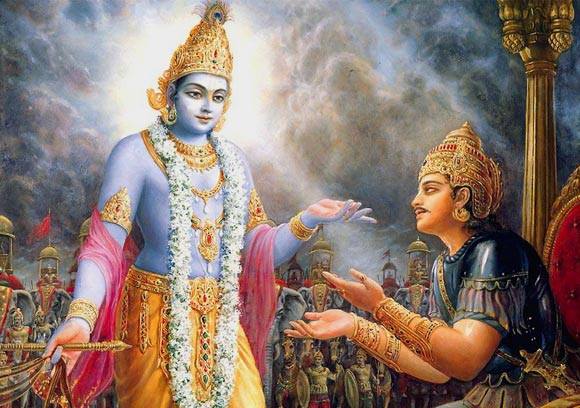Gita : Ch-8. Slo-27&28.

A combined analysis :- a summation of chapter-8. with slokam-s 27 and 28. Srimad Bhagavad-Gita : Chapter- 8. ( Akshara-brahma-yogam ) Slokam-27 & 28. ( With these two slokam-s Lord concludes the above yogam viz.; chapter-8. ) {27. The devotees who know these two paths, O Arjuna, are never bewildered. Therefore be always fixed in devotion.} [28. A person who accepts the path of devotional service is not bereft of the results derived from studying the Vedas, performing austere sacrifices, giving charity or pursuing philosophical and fruitive activities. At the end he reaches the supreme abode.] 27. vedeshu yajneshu tapahsu caiva daneshu yat punya-phalam pradishtam 28. atyeti tat sarvamidam viditva yogi param sthanamupaiti cadyam. vedeshu yajneshu = in the study of the Vedas, practicing / following yajna-s; tapahsu daneshu ca eva = tapo-anushtanam, and satpatra-dhanam, with the h


